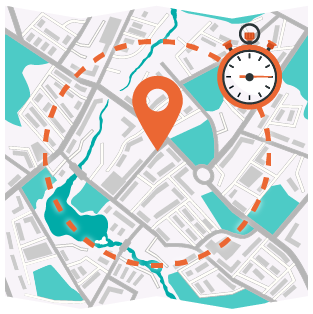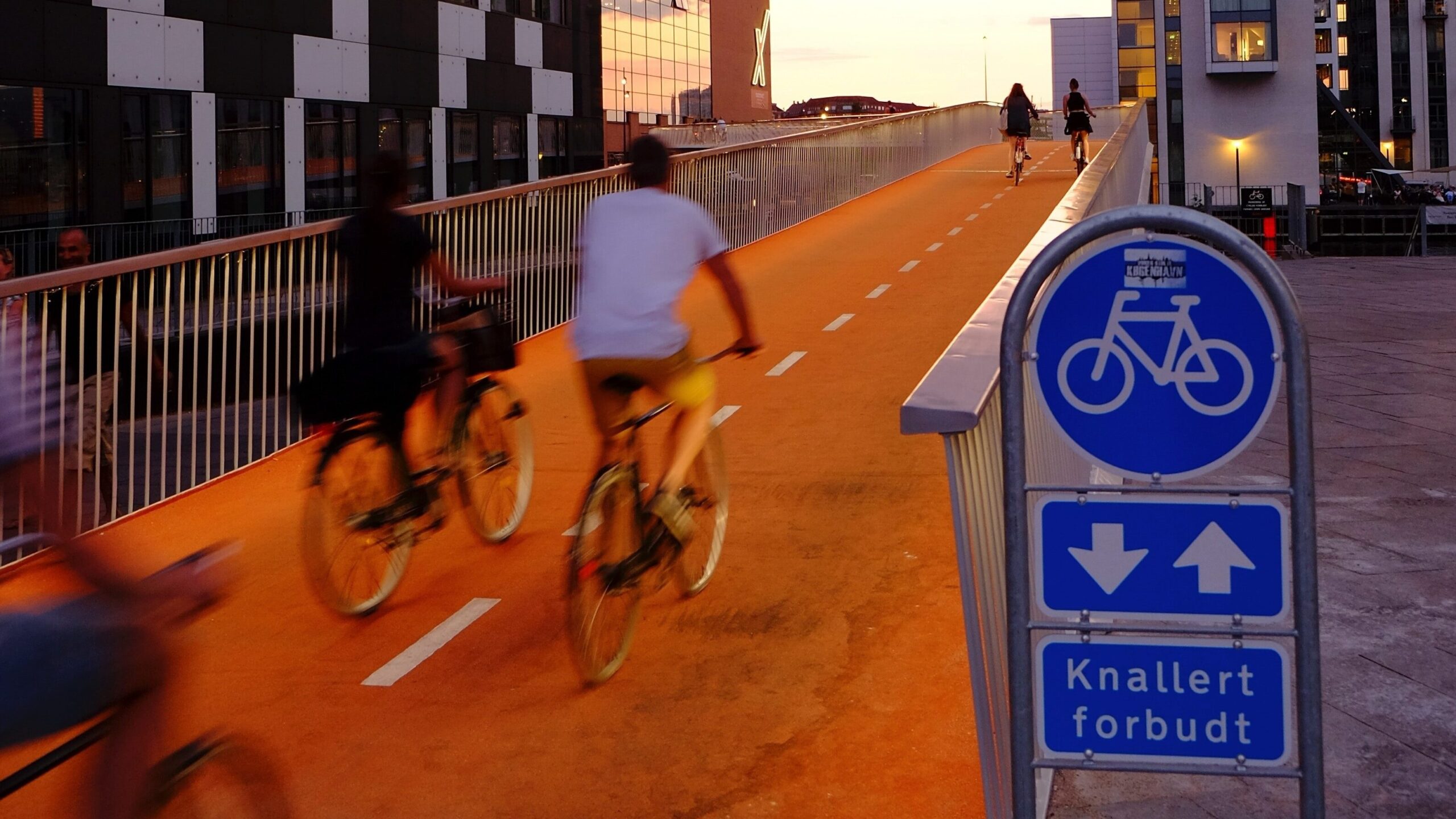The X-Minute City: improving quality of life across the whole urban area

15-Minute Cities seek to enhance quality of life for all. It’s a very simple premise: individuals should be able to access everything they need to live full lives within 15 minutes of walking or cycling from their home. The daily needs that should be accessible in this radius include: healthcare, education, commerce, entertainment, and employment. Where travel times on foot or by (e-)bike cannot be reduced to less than a quarter of an hour, high-quality and inclusive online services should offer a suitable alternative.
The concept is flexible and can be adapted. For instance, in Australia they speak about 30-minute cities (Sydney) and 20-minute neighbourhoods (Melbourne). This is why academic researchers increasingly refer to the X-Minute City.

By reducing the separation between individuals and everything they need to flourish, the X-Minute City unlocks numerous social, economic and environmental benefits, at both the City and the individual levels. Reducing the time spent travelling frees citizens up to use their time and money in ways that serve them better. Drawing resources into neighbourhoods unlocks new employment opportunities, inspires innovation and creates a sense of community. Reducing dependence on cars enables the creation of more green spaces, makes streets safer, reduces congestion, and lowers air and noise pollution in local communities.
First proposed in 2016, the 15-Minute City concept gained momentum during the COVID-19 pandemic when working from home became the norm for many, and the importance of having resilient local communities increased. Empowerment of individuals to access amenities without the need for a car has been viewed by some as a curbing of their right to use their vehicle. This is a misplacement of grievance. Unlike other urban planning initiatives, the X-Minute City does not restrict behaviour. It does not stop residents from driving, it simply seeks to make walking and cycling a viable and attractive option to them.
The X-Minute City warrants further academic attention, and so SPECIFIC seeks to identify how the X-Minute City can be realised in suburbs and outer areas in European cities with up to approximately half a million residents. Whilst most people live in these areas, it is currently much harder to fulfil all of your daily needs within a short cycle/walk in these neighbourhoods than in city centres.